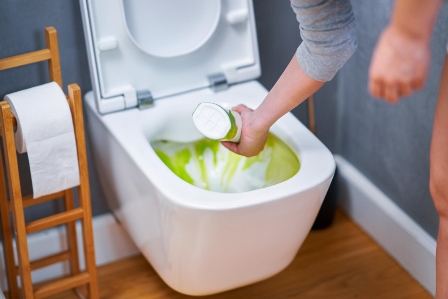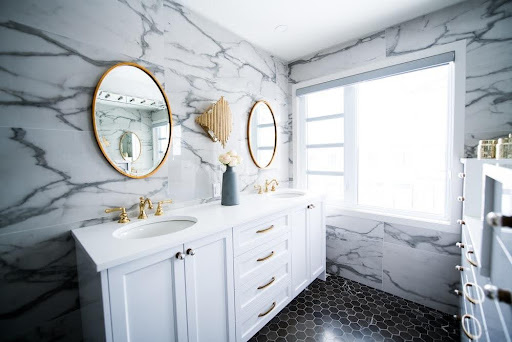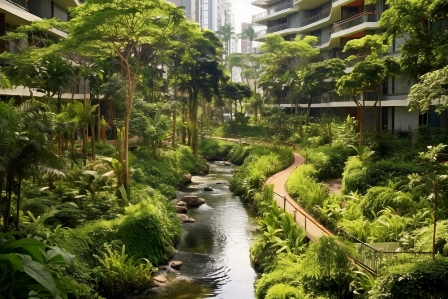In a world where home gardening has become more popular than ever, there’s a growing trend that combines practicality with aesthetics: edible landscapes. Imagine strolling through your garden, surrounded by lush, green beauty, while plucking fresh fruits, vegetables, and herbs for your next meal. It’s not only sustainable but also incredibly satisfying. In this comprehensive guide, we’ll explore the art of creating edible landscapes that are as visually stunning as they are bountiful.
Planning Your Edible Landscape
The Art of Combining Beauty and Functionality
Edible Landscapes: Grow Your Own Food with Stunning Garden Design is all about marrying the art of landscaping with the practicality of producing your own food. By designing your garden with both aesthetics and functionality in mind, you’ll create a space that’s not only beautiful but also highly productive.
Incorporating LSI Keywords Naturally
When planning your garden, think beyond the standard rows of vegetables. Utilize companion planting, which is an ingenious way of combining plants that benefit each other, such as planting tomatoes and basil together. This not only enhances the flavor of your dishes but also adds a touch of visual interest to your garden.
Edible Landscapes: Grow Your Own Food with Stunning Garden Design
Creating a Focal Point
Your edible landscape should have a centerpiece that draws the eye and provides an abundance of delicious produce. Consider a fruit tree as your focal point, surrounded by herbs and colorful edible flowers.
Incorporating Pathways
Well-designed pathways not only enhance the visual appeal of your garden but also make it more accessible. Use edible ground cover plants like thyme or chamomile to create fragrant and practical walkways.
FAQs
In an edible landscape, you can include fruit trees, berry bushes, herbs, and edible flowers. These plants not only look stunning but also offer a variety of flavors for your culinary creations.
Select low-maintenance plants and use mulch to reduce the need for weeding. Also, consider drip irrigation to keep your garden adequately watered without much effort.
Absolutely! Even if you have limited space, you can create a vertical edible garden using wall-mounted planters or a small raised bed.
The ideal time to start an edible landscape project is in the spring, as most plants thrive during this season. However, you can start at any time of the year with some careful planning.
Yes, you can! Edible landscapes are highly customizable and adaptable to your level of gardening expertise. Start with easy-to-grow plants and gradually expand as you gain experience.
Implement integrated pest management techniques, which include using natural predators, companion planting, and practicing good garden hygiene to minimize the risk of pests and diseases.
Conclusion
Edible Landscapes: Grow Your Own Food with Stunning Garden Design is more than just a landscaping trend; it’s a lifestyle that promotes sustainability and self-sufficiency. By following the steps outlined in this guide, you can create a garden that not only pleases the eye but also fills your table with delicious, homegrown produce. So, roll up your sleeves, put on your gardening gloves, and embark on a journey to turn your outdoor space into a paradise of fresh and flavorful abundance.











Find Us on Socials